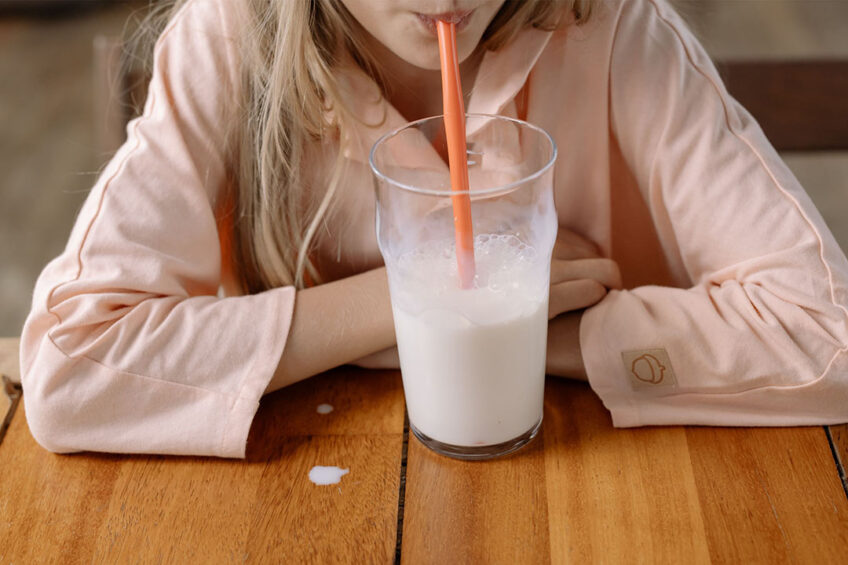Dairy crisis in Poland deepens

The Polish dairy market saw the average price of raw milk plunging to PLN1.3 (US$0.32) per litre in May 2023 – the lowest level in years – putting farmers on edge.
Milk prices are falling and will continue to fall, said Martin Ziaja, president of the Opole Cattle Breeders Association and member of the board of the Polish Federation of Cattle Breeders and Milk Producers, speaking with local press.
To some extent, the current crisis is a consequence of the Covid-19 pandemic, Ziaja said, as lockdowns in Europe spurred the demand in the dairy market. “The pandemic has changed consumer habits. A large part of society worked in a so-called home office. Spending the day at the laptop, it is easy to reach for cheese or yoghurt as a quick snack,” he explained.
Cost of milk production
In 2023, consumer habits are returning to the way there were before the pandemic, while a rise in production costs accelerated inflation. As a result, consumption of most dairy products in Poland is in the red zone this year.
“The average cost of milk production, on the other hand, increased from PLN1.20-1.25 (US$0.29-0.31) to about PLN2 (US$0.49), and in some farms to PLN2.30 (US$0.56) per litre,” he said.
In 2022, milk processors were eager to pay reasonable prices for raw milk, with the average rate close to PLN3 per litre during the year. Currently, the farmgate milk prices don’t even cover production costs. As usual, it turns out that small farmers appear to suffer the most.
Small dairy farms closing
“For many years, authorities encouraged farmers to create local, small cooperatives. I believe that this is the wrong path. Small dairy companies don’t have some niche, outstanding products that only they can make, so they can’t withstand the storm. Now, the situation is most dramatic for these small dairy companies,” Ziaja said.
With small dairy processors going down, a large number of milk farmers could decide to liquidate their herds in the autumn of 2023. Several guild unions called on authorities to step in with interventions and monetary aid for affected operations, but Ziaja believes such steps would provide only temporary relief.
“Unfortunately, the recipe for improving the situation is brutal: we need to produce less. There must be a balance between demand and supply. There is no point in producing more than the consumer consumes. In the end, only the strongest will remain on the market,” Ziaja said.
Join 13,000+ subscribers
Subscribe to our newsletter to stay updated about all the need-to-know content in the dairy sector, two times a week.










